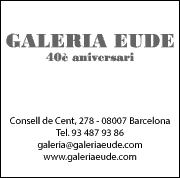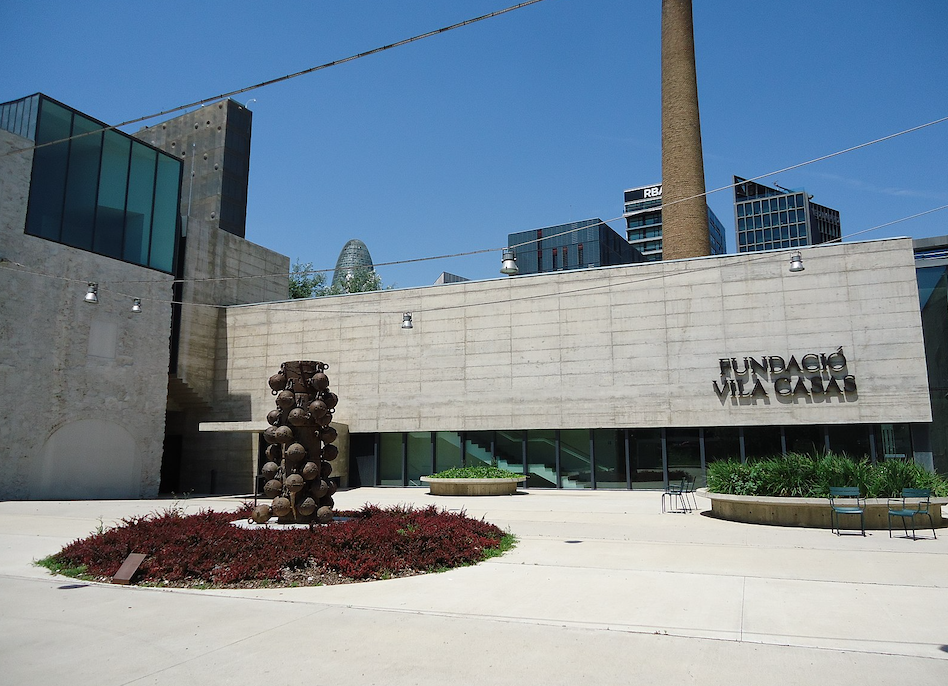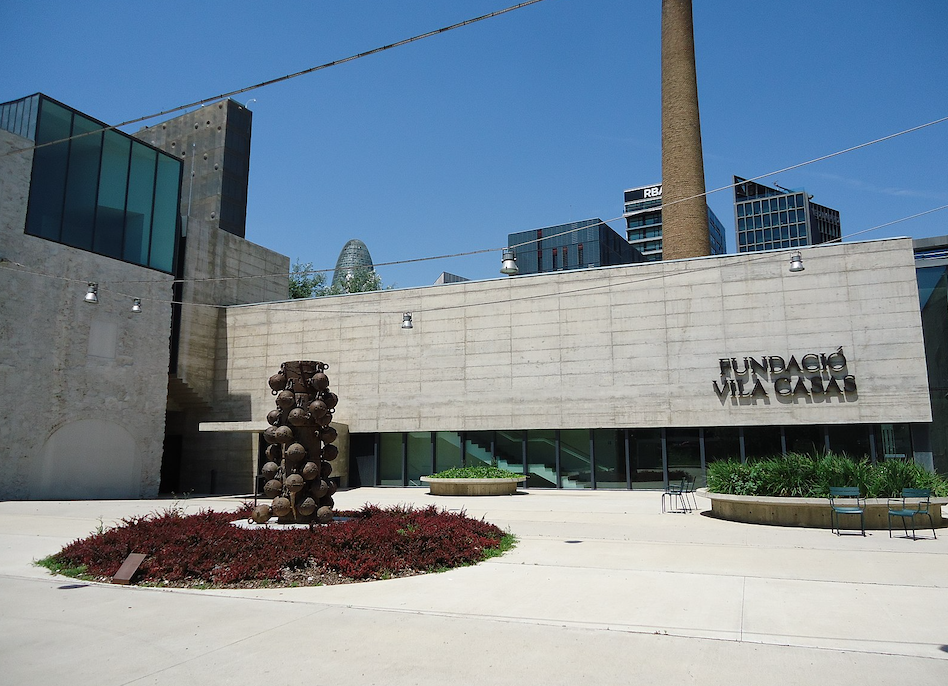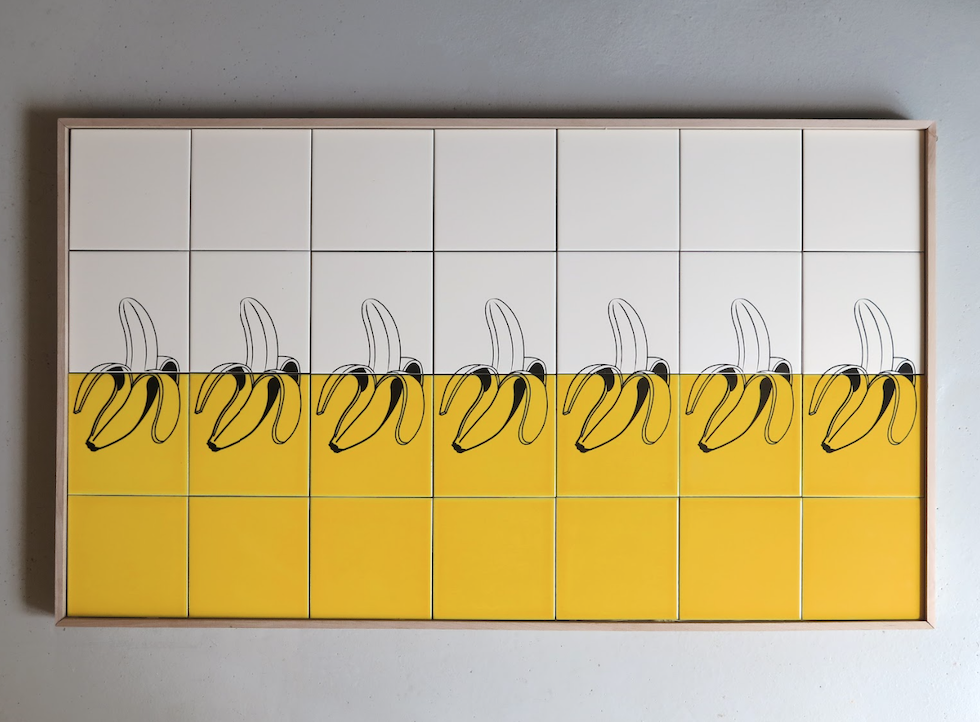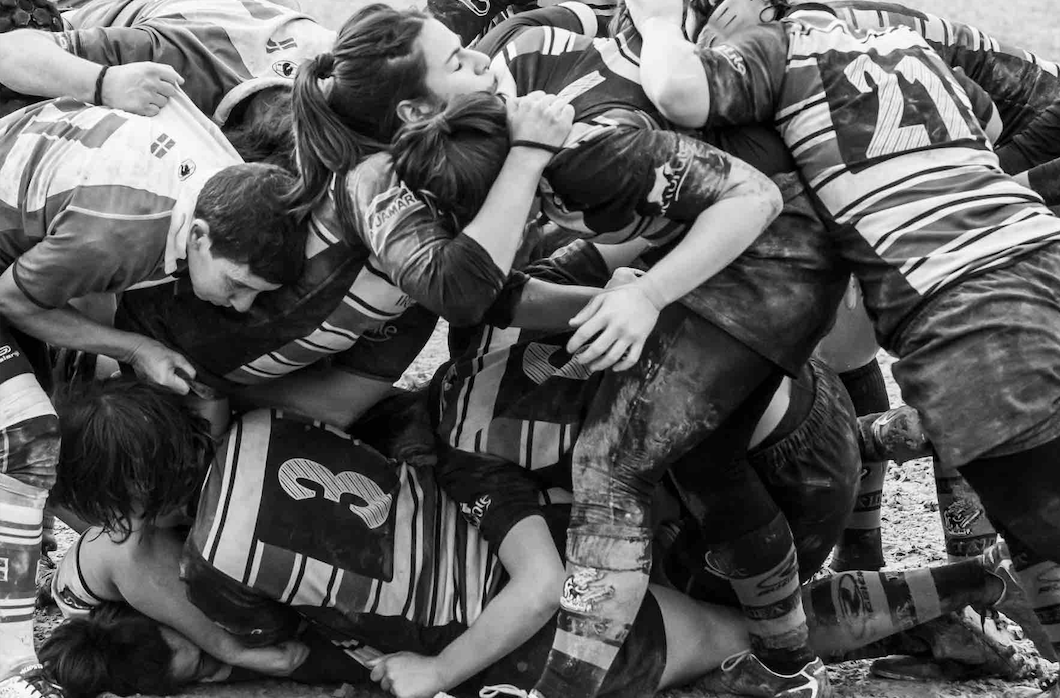Exhibitions
'The course of events. An atlas of the Foto Colectania' Collection
The exhibition brings together a selection of nearly 160 works from the Foto Colectania collections that recreate a dialectic between a single image and an alternative development of events based on photographic sequences
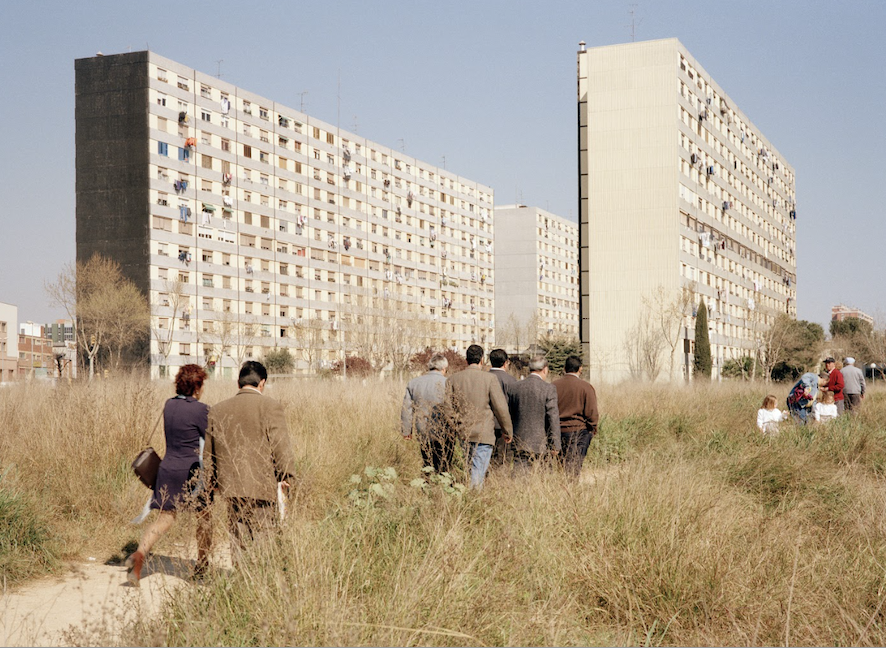
The Foto Colectania Foundation presents the exhibition The Course of Events. An atlas from the Foto Colectania Collection , curated by Carles Guerra, which will be open to the public from January 18 to June 2, 2024.
The unfolding of the photographs forms a thematic atlas in which some of the most iconic images from the collection such as L'home del carrer Pelai , Barcelona (1962), an urban scene photographed by Xavier Miserachs, coexist with the rituals photographed by Jordi He was in Africa or the traditions immortalized by Cristina García Rodero in the interior of the Iberian Peninsula. In this original exhibition proposal, the tendency to iconize images specific to the collections and the history of the photographic medium itself, equates to the ability to establish links to offer us new readings.
A history of modern photography in Spain and Portugal
The Foto Colectania Collection gathers a fund of more than 3,000 photographs by Catalan, Spanish and Portuguese authors. It is, without a doubt, the private collection with the most comprehensive representation of the history of photography made during the second half of the twentieth century in the Iberian Peninsula. His images attest to a double modernization process, that of his own photographic medium and that of the societies of southern Europe.
However, modernizing often became synonymous with iconizing, reducing and synthesizing reality with an iconic image. These were the photographs that shaped the events. Although each fact would have given rise to many more versions of what had happened, only one acquired the status of an iconic image. One for whom a tacit agreement is enough to recognize her.
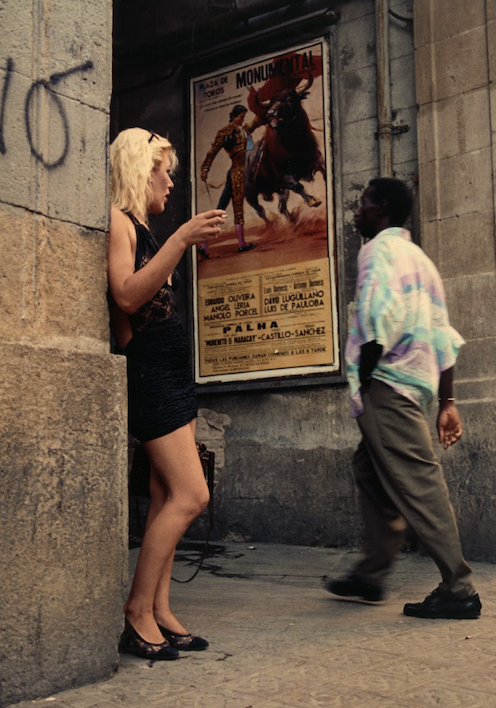
Against the background of these images, the power of which no one disputes, photography preserves countless moments and sequences. The semi-disfigured man in the photo by Xavier Miserachs entitled Carrer Pelai , Barcelona (1962) maintains its iconicity depending on the crowd to which it belongs; the portrait of General Franco made by Ramón Masats in 1964 is based on an image of authority linked to cabalism, to power concentrated in the individual figure.
But there is another type of event, collective moments such as demonstrations, processions, rites and, in general, crowds that evoke the essentially processual and quantitative nature of photography. These moments require more than one image. Thus, despite the natural limitations imposed by the exhibition space, the selection brings together nearly 160 works.
Images that collaborate with each other
The set of photographs presented in this exhibition is distributed in 24 sequences grouped in 8 different blocks. So the unfolding of the selection recreates this dialectic between a unique image and what we could describe as an alternative development of events. After all, another factual film that can be made even more complex if we consider that the sequences encourage a horizontal reading and the blocks a vertical one.
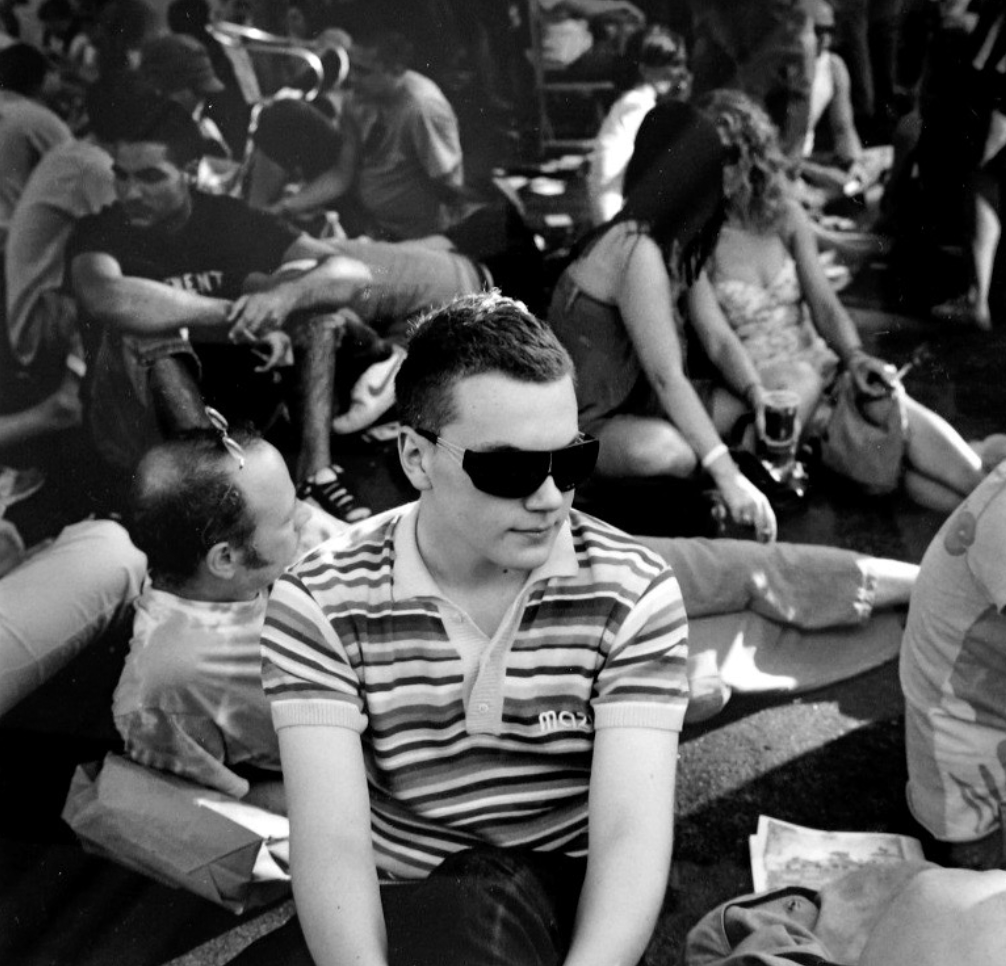
This arrangement that refers to a photographic atlas - with its regions and continents, some more extensive than others - reveals an unusual capacity of photography as a device: the images collaborate with each other producing new meanings and, ultimately, other events that a single photograph could not contain.
The photographers included in this exhibition are: Laia Abril, Helena Almeida, Manel Armengol, Pilar Aymerich, Clemente Bernad, Josep Maria Casademont, Gérard Castello-Lopes, Colita, Joan Colom, Gabriel Cualladó, Jordi Esteva, Cristina García Rodero, Francisco Gómez, Joaquim Gomis, Fernando Gordillo, Roger Guaus, Cristóbal Hara, Manolo Laguillo, Adriana López Sanfeliu, Ramón Masats, Cristina de Middel, José Miguel de Miguel, Xavier Miserachs, Jorge Molder, Leopoldo Pomés, Jorge Ribalta, Xavier Ribas, Humberto Rivas , Txema Salvans, Rafael Sanz Lobato, Ton Sirera, Ricard Terré and Miguel Trillo.

.png)


